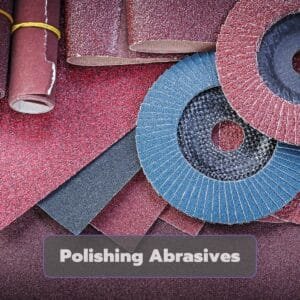
Save 30% on your next abrasive order
Abrasive industry updates and polishing comsumables buying guide that you should know.
As the owner of AbrasivesHub.com, I am passionate about sharing my knowledge and expertise in the field of abrasives. Our website is dedicated to providing you with a wealth of information on abrasive materials, products, and processes.